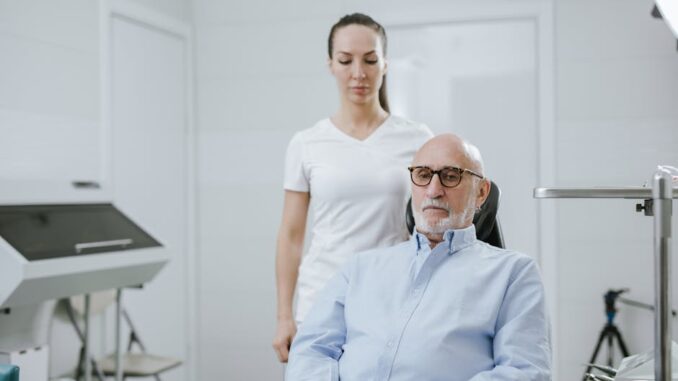
In a significant move to bolster healthcare for older Americans, the Biden administration has allocated approximately $206 million to train primary care clinicians in geriatrics. This initiative responds to a pressing concern: the anticipated shortage of nearly 30,000 geriatricians by 2025. (axios.com)
Addressing the Geriatrician Shortage
The shortage of geriatricians poses a substantial challenge to the healthcare system. As the population ages, the demand for specialized care for older adults intensifies. However, the number of professionals trained to meet this demand is dwindling. A report from the Health Resources and Services Administration (HRSA) projected a deficit of nearly 30,000 geriatricians by 2025. (axios.com)
This shortfall is partly due to minimal exposure to geriatric care during medical training. As a result, fewer young doctors are entering this subspecialty. To bridge this gap, the administration’s investment aims to equip primary care providers with the necessary skills to care for the aging population.
Enhancing Primary Care Training
The allocated funds will support 42 academic institutions across the country in developing and implementing geriatric training programs. These programs are designed to integrate geriatric competencies into primary care education. By doing so, they ensure that clinicians are prepared to address the unique needs of older adults.
For instance, the Association of American Medical Colleges (AAMC) and the John A. Hartford Foundation have previously identified 26 minimum geriatric competencies essential for medical students. (en.wikipedia.org) These competencies cover areas such as cognitive and behavioral disorders, medication management, and falls prevention. Incorporating these into primary care training can significantly improve the quality of care for older patients.
The Role of Nurse Educators
Nurse educators and leaders play a pivotal role in this initiative. They are instrumental in mediating between facility management and staff, ensuring that geriatric training is effectively implemented. Their leadership is crucial in fostering an environment where geriatric care is prioritized, leading to improved patient outcomes and staff retention.
Broader Implications for Healthcare
Investing in geriatric training for primary care clinicians has far-reaching implications. It not only addresses the immediate shortage of geriatricians but also enhances the overall quality of care for older adults. As the population continues to age, such initiatives are vital in ensuring that healthcare systems are equipped to meet the evolving needs of this demographic.
References
-
Biden administration invests in geriatric care training. (axios.com)
-
Association of American Medical Colleges (AAMC) and John A. Hartford Foundation. Minimum Geriatric Competencies. (en.wikipedia.org)


So, 30,000 geriatricians short by 2025? Time to start quizzing my grandma on medical terminology. Maybe *I* can become a specialist by then! Imagine the waiting list for appointments… and the bingo nights in the waiting room!
That’s a funny take! The bingo nights in the waiting room made me chuckle. But on a serious note, the investment in geriatric training is vital. Hopefully, it can alleviate the burden on future specialists and improve care for our aging loved ones. Perhaps we should all brush up on medical terminology!
Editor: MedTechNews.Uk
Thank you to our Sponsor Esdebe